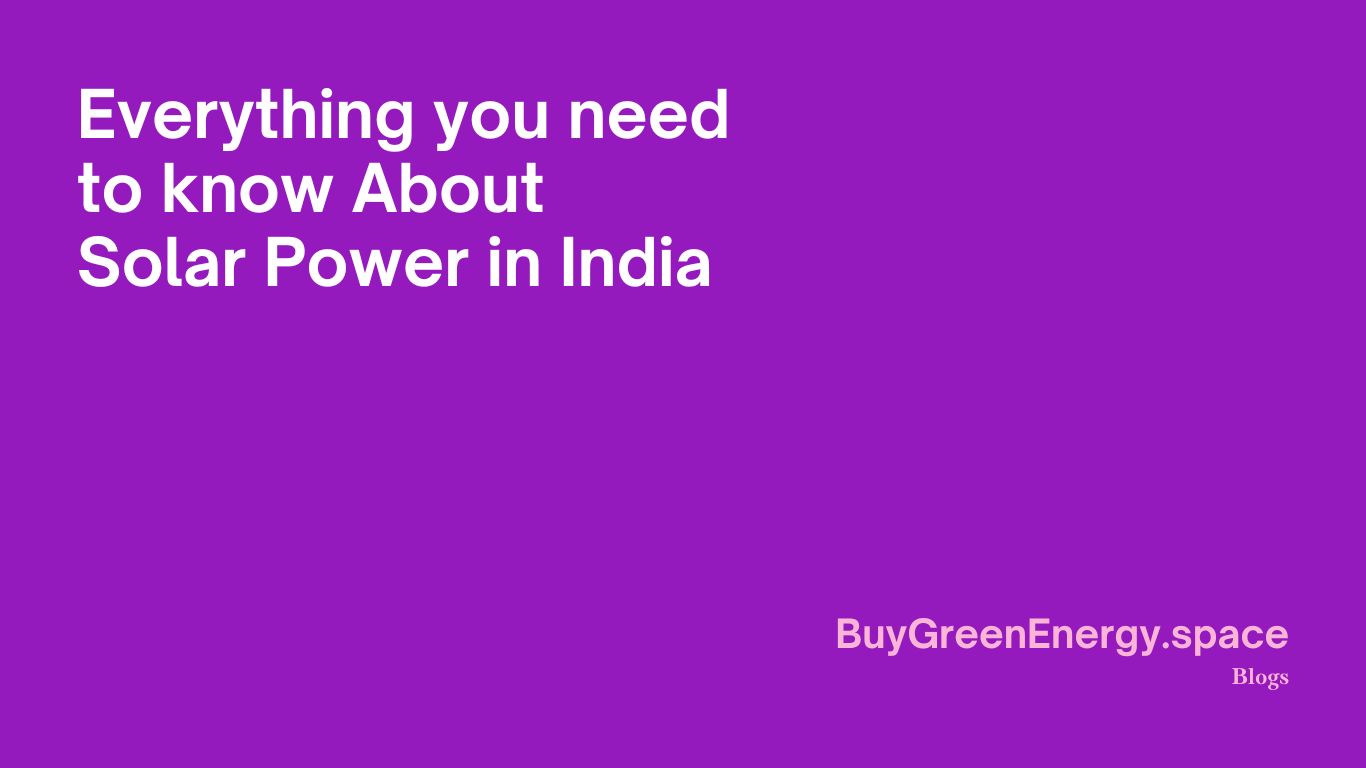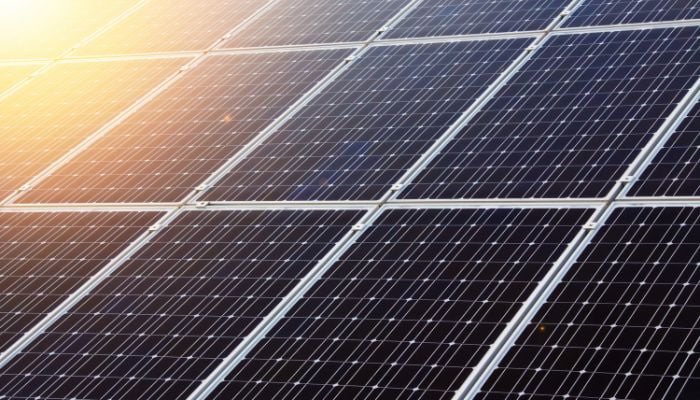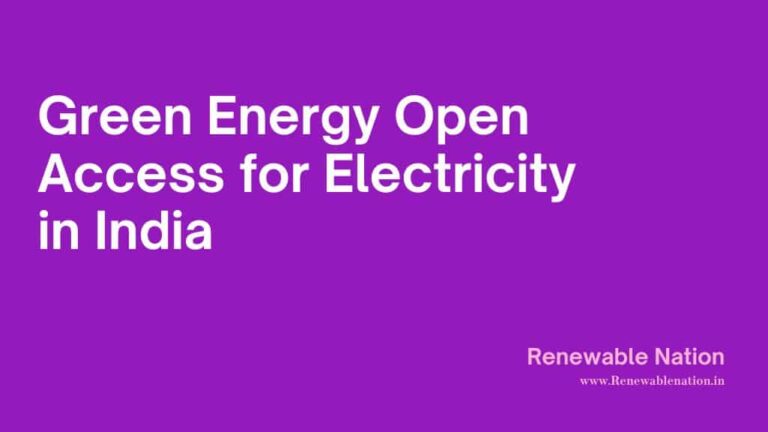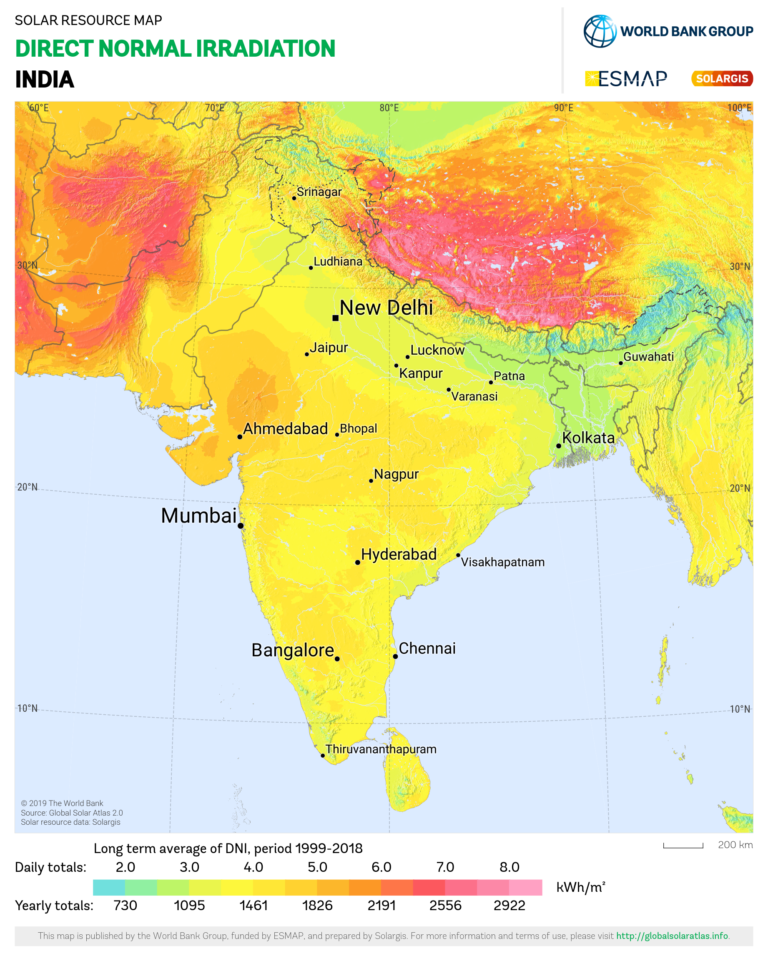
Introduction
Solar power is playing a vital role in India\’s renewable energy transformation. With increasing demand for clean energy and government initiatives like the National Solar Mission, India has become one of the largest producers of solar energy globally. The country has set ambitious solar energy targets, and solar power plants are being rapidly installed across various states. This FAQ guide addresses the most common questions related to solar power generation, costs, installations, and the future of solar energy in India.
How is solar power generated?
Solar power is generated by converting sunlight into electricity using photovoltaic (PV) cells, commonly found in solar panels. When sunlight strikes these cells, it excites electrons, creating an electric current. This electricity can be used to power homes, businesses, and industries. Solar energy is a renewable and clean source of power, crucial in combating climate change and reducing dependency on fossil fuels.
How does a solar power plant work?
A solar power plant works by harnessing sunlight through photovoltaic panels or mirrors that focus sunlight onto receivers. These systems convert solar radiation into electricity, which is then fed into the grid or used for specific applications. Solar plants can be categorized into photovoltaic (PV) plants or concentrated solar power (CSP) plants, depending on the technology used.
How much does a solar panel cost in India?
The cost of a solar panel in India varies based on the quality, brand, and type of panel. On average, solar panels cost between ₹20,000 to ₹40,000 for a 1 kW system. Government subsidies under the PM-KUSUM scheme and state-specific incentives can significantly reduce the installation cost.
How many solar power plants are there in India?
As of 2023, India has over 40 major solar power plants spread across various states. These plants contribute significantly to the country’s renewable energy goals, with the largest ones located in Rajasthan, Gujarat, Karnataka, and Andhra Pradesh.
Where is solar energy production highest in India?
Solar energy production is highest in states like Rajasthan, Gujarat, and Karnataka due to their favorable climatic conditions, large land availability, and higher solar irradiance levels. Rajasthan, in particular, leads the country with the most significant solar capacity.
Where is the largest solar power plant in India located?
The largest solar power plant in India is the Bhadla Solar Park, located in Rajasthan. Spanning over 14,000 acres, this park has a total installed capacity of more than 2.2 GW, making it one of the largest in the world.
What is the future of solar energy in India?
India’s solar energy future looks promising, with the government aiming for 300 GW of installed solar capacity by 2030. The country’s robust policies, growing investments in solar technologies, and increasing environmental awareness will drive significant growth in this sector.
Where is the Kamuthi Solar Power Project in India?
The Kamuthi Solar Power Project is located in Tamil Nadu and is one of the largest in India. It has a total installed capacity of 648 MW and is spread over 2,500 acres.
Who manufactures solar panels in India?
Several companies manufacture solar panels in India, including Tata Power Solar, Vikram Solar, Adani Solar, and RenewSys. These companies are pivotal in supporting India\’s renewable energy transition by providing high-quality, efficient solar panels.
How much solar energy does India produce?
As of 2023, India’s total solar installed capacity is over 70 GW. The country ranks among the top 5 in global solar energy production, with plans to increase capacity substantially in the coming years.
Conclusion
India’s solar energy sector is growing at an exponential rate, driven by favorable policies, growing awareness, and technological advancements. The widespread adoption of solar energy will help India achieve its renewable energy goals and contribute to a more sustainable future. From understanding solar power generation to exploring the cost and future potential, this FAQ guide highlights key aspects of India’s solar energy journey, addressing common questions for individuals and industries looking to invest in solar power.
All the links should now lead to accurate and relevant sources.


